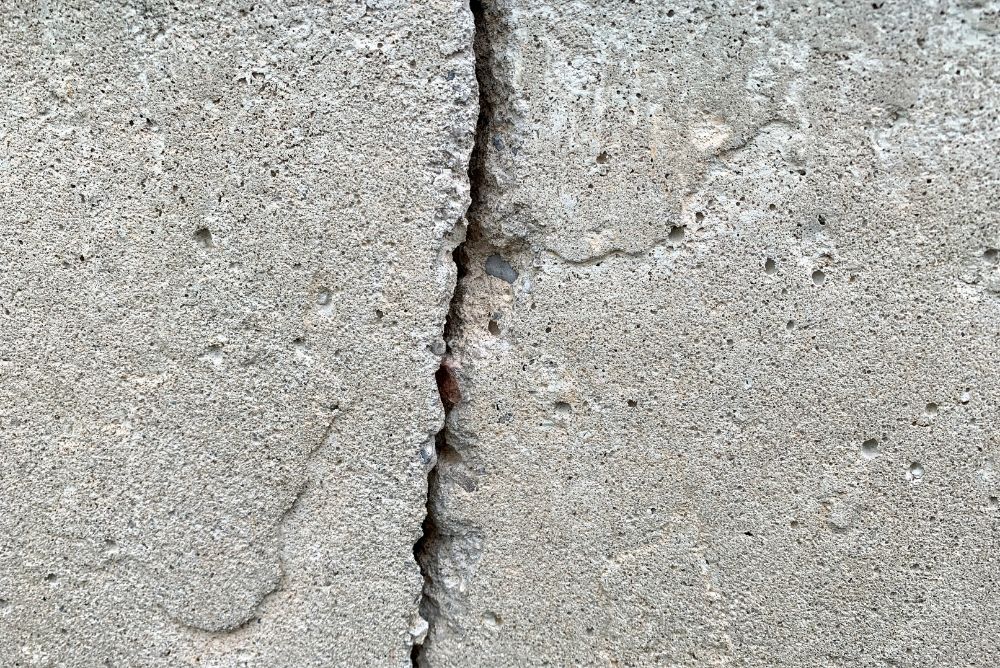Radon is a radioactive gas that comes from the natural breakdown of uranium in almost all soil. Small traces of radon are unavoidable, but high radon levels within your home can be detrimental to your family’s health. Being aware of how radon gas gets into your home is one of the most critical parts of radon mitigation.
Foundation Cracks and Gaps
The most common way for radon gas to enter your home is through cracks and gaps in your home’s foundation. Whether you have a basement, crawl space, or slab makes no difference in your risk of high radon levels. Sealing cracks and gaps is a good supplemental solution, but it’s not suitable as a stand-alone option.
Drainage Systems
If you have a drain tile system that causes gaps between the walls and concrete, your home is at a higher risk of radon entering your living space. A sump is another way radon gas can get into your home. Have your house’s radon levels checked if you’ve done any work on your home’s drainage system since your last radon test.
Water
Although radon coming in through your water is a small risk, well water can bring radon into your home when you shower, brush your teeth, or run your dishwasher or washing machine. With that in mind, radon is less likely to enter your home through the water than the other methods.
Radon gas is odorless and transparent, so testing your home every two years is the only surefire way to ensure you’re not in harm’s way. Understanding how radon gas gets into your home is crucial to keeping your family safe. Although filling and sealing all the cracks and gaps in your home is a necessary step to keep radon gas at bay, it isn’t a suitable method on its own. Hiring a radon mitigation company is the best option to diminish traces of radon in your home and prevent high levels in the future.


Recent Comments